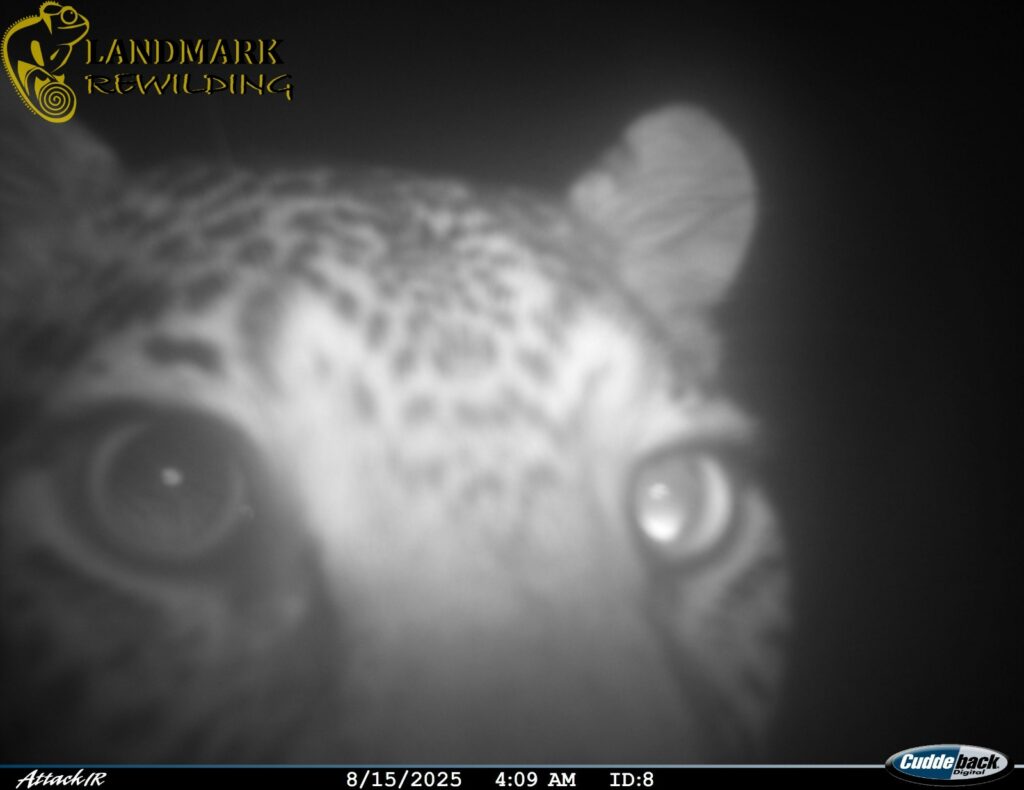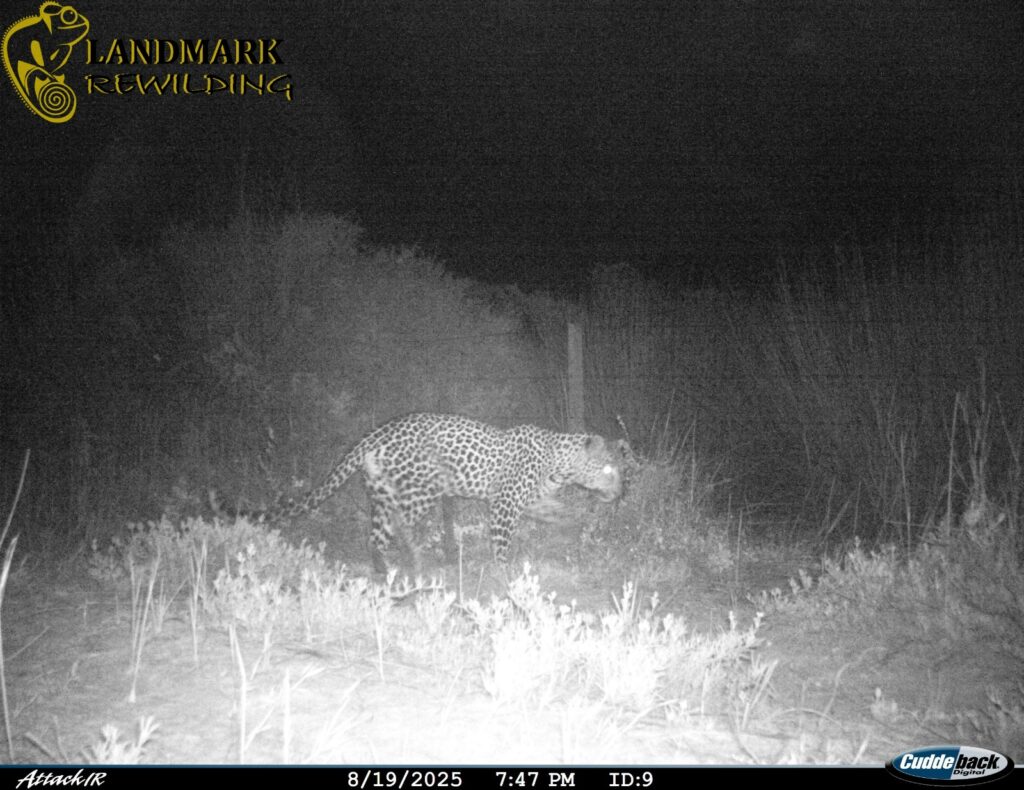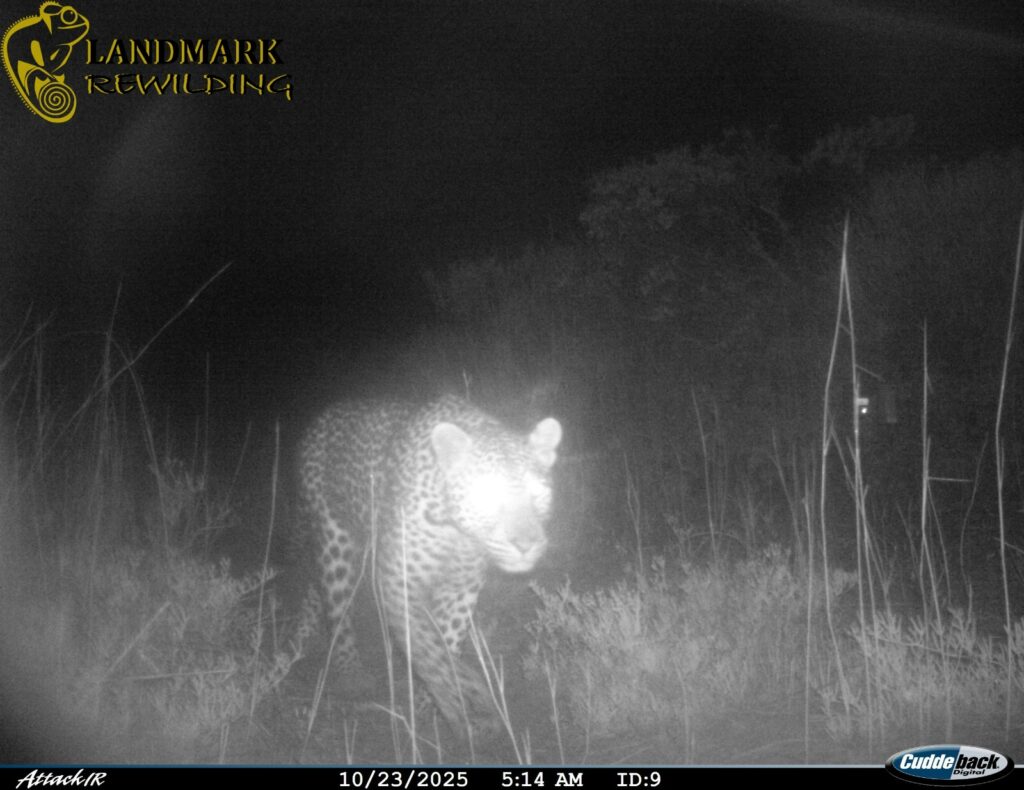

 Leopard photographed in the West Coast National Park for the first time in 170 years photo supplied
Leopard photographed in the West Coast National Park for the first time in 170 years photo supplied
By JP Louw
SANParks Head of Communications and Spokesperson
In a historic conservation milestone, a leopard has been photographed in the West Coast National Park for the first time in 170 years.
This landmark sighting marks the natural return of the species to South Africa’s coastal landscapes a powerful sign of ecological recovery.
The leopard had been extirpated as a species in the mid-1800s and only in the last while naturally returned.
The image, captured by a remote camera trap, confirms that this elusive predator has recolonised a region from which it had long been absent.
The discovery is the result of a collaborative effort between Landmark Leopard and Predator Project and South African National Parks (SANParks), together with the University of the Western Cape, Saldanha Bay Municipality and multiple private landowners, working together to monitor and protect the country’s recovering leopard populations.
The project has been running for the last few years on the West Coast between Cape Town and the Berg River.
Conservationists attribute this extraordinary return to a combination of factors, including coordinated efforts by NGOs and conservation authorities, progressive changes in land use (and the development of conservation areas, like the West Coast National Park), protective environmental legislation, and a growing tolerance and coexistence between local communities and wildlife.
Over the past two decades, The Landmark Leopard and Predator Project and other stakeholders, has worked to restore ecological corridors and reconnect fragmented habitats across the Western, Eastern and Northern Cape.
These efforts have allowed wildlife like leopards to move more freely and safely through the landscape.
A critical component to these efforts is tolerance and coexistence of landowners and the implementation of wildlife protection legislation, which has been evident in the area.
The return of the leopard to the West Coast National Park underscores the success of long-term conservation partnerships and highlights the importance of continued collaboration to ensure that this remarkable recovery endures.
This result is worthy of celebration.
Tshwane Talks readers have been able to read stories in this publication for free for over two years now. We still want our readers to access our stories for free, but we are asking those among our readers who can afford it to contribute at least R30 a month to cover some of the costs of publishing this independent, non-aligned online newspaper which gives a voice to all sectors of society irrespective of race, colour, creed, religion, or political affiliation. You may make your contribution by depositing at least R30 a month into Tshwane Talks' bank account. Details are as follows:
Bank Details
Bank: Standard Bank
Account Number: 10225548834
Account Type: Cheque Account